7 ways to clean your washing machine from smell, dirt and scale
The life of a modern person is very rich and dynamic, it is necessary to keep pace with everything and everything. Fortunately, to significantly simplify the conduct of home life, a lot of “smart” techniques were invented. From multicookers to robotic vacuum cleaners or window cleaning robots. And if the last miracle of technology is not in every house, then the washing machine rightfully takes its place of honor in the bathroom in almost all apartments and houses. However, many of us may encounter such a problem as an unpleasant odor, which comes from the machine itself, as well as from freshly washed laundry afterwards. And the reason for this is not at all the age of technology, as many mistakenly believe, but improper care or its absence at all. In this article we will identify factors that can cause various problems during operation, as well as consider 7 most effective ways to clean your washing machine from smell, dirt and scalewithout resorting to the help of specialists.
Causes of bad smell
If you read this article, then the topic is relevant for you, which means that one day you suddenly found that your washing machine an unpleasant odor to say the least. At best, it will just be a smell dampness, which is often found in basements. In a more neglected version, this will be a pronounced smell of sewage. And here comes bewilderment, especially if your machine is completely new or you did everything as always. The usual smell of freshness can change the odor several reasons:
- The most common and most basic mistake is hatch closing immediately after removing the washed items. It is absolutely impossible to do this. The moisture in the drum dries out within a few hours. Only after this time has elapsed, you can close the lid to prevent it from sagging in the future. Otherwise, you will create more than favorable conditions for the reproduction of various microorganisms or mold - the drum will be warm and damp. Believe me, when in a couple of days you open the hatch, you will simply be horrified, because your device simply “suffocated”. And if you also wash things without first removing the smell, they will also acquire a characteristic aroma;
- Even if some housewives are not lazy and still wipe the drum after washing dry, not all of them pay attention to such a detail as gum along the contour of the hatch. It has a rather complex shape, on which tightness depends. There are several layers, between which, in addition to water with the remnants of the detergent, strings, fibers, hair and other objects can remain. In conditions of high humidity, this material is a great place for the formation of mold, from which a strange smell will eventually come. Sometimes it is not even immediately possible to understand why there is an extraneous aroma at all if the drum is dry and clean.Therefore, it is better to leave the drum to dry naturally, but rub the gum thoroughly with a dry soft cloth;

- Another mistake that is found almost everywhere is storing things to be washed in a drum. And if you also close the door ... Remember, dirty things will in any case have a characteristic odor that will very easily and firmly fix inside the drum. Especially if you also block air access to things. It was not in vain that they came up with laundry baskets. They are even produced in various sizes, shapes, colors and designs. All so that you can harmoniously enter this attribute into the interior of the bathroom and use it for its intended purpose. All baskets have holes in the walls, lid and bottom, thereby providing ventilation;
- Another reason could be incorrect installation of the machine. Please note, not the connection, but the installation. If the appliance is tilted, this may prevent the water from draining completely. As a result, in the corner where there is the smallest slope, a small amount of water will remain and stagnate. When exactly stale water will make itself felt is only a matter of time;
- If the machine has been around for many years, a clogged drain hose may cause an unpleasant odor. If the smell has appeared, it means that so much garbage has collected on its walls, on which the donkey has a soap deposit, salt, etc., that it will be much easier and more expedient to replace it than to clean it;
- If you abuse washing powder and various conditioners, it can also contribute to the appearance of characteristic aromas. Surplus funds that simply did not have time to dissolve during the wash adhere to the walls of the machine, the powder drip tray, and after a while they begin to actively smell. And it’s not at all a pleasant aroma of fragrances, as you would like, but rather something rotten. In this case, the rule “more is better” does not work. The lack of washing powder will simply lead to the fact that things will not be washed. Therefore, it is best to purchase a measuring spoon or cup and pour exactly as much powder as the manufacturer recommends in the instructions on the package;

- You should also pay attention to the quality of the products that are used during washing. Frankly cheap powders can be poorly soluble in water. The result will be similar to the paragraph above. Therefore, if possible, get quality products. In addition, their consumption will be much less, and the washing result will be better;
- If the tray for loading the powder and the conditioner is dirty, it can also cause the formation of various odors;
- If the tray is very dirty, then the contamination of the channel, which is responsible for the supply of detergent, is automatically inevitable. Because of this, mold may form, which will smell;
- Another problem spot is drain filter. It is designed to hold various large objects, such as buttons, pennies, so that they do not clogged sewers. Remaining on the filter, such things gradually begin to overgrow with a soapy coating, on which all sorts of strings-villi adhere, silt and start to stink. To understand whether this is the reason can be quite simple. With a clogged filter, the water will merge very slowly or cease to merge at all;
- If the smell looks like something rotten or rotten, then an impressive layer of dirt has formed on the heater. If there is a heating element scale layer, insoluble particles of detergent settle very quickly on it, hair, thread, pile of pets or from wool things stick to them. Such a “cocktail” especially makes itself felt if the most usual washing regimen for you is at a temperature of 30-40 ° C;

- Problems with the sewage system itself cannot be ruled out. But then in case of any accidents or breakdowns, an unpleasant smell will come from the sink and the bathtub.And if the aroma comes only from the washing machine, perhaps it is not connected correctly - there is no air or hydrobarrier.
As you can see, there are a lot of reasons. Often they are present in the complex. Therefore, the very first step towards identifying the source of an unpleasant odor will be a complete inspection of all the elements of the washing machine.
Why does the smell of burning come from the machine?
Sometimes not only the smell of dampness, mustiness or rot, but also burning can come from the washing machine. This can happen in several cases:
- If a washing machine is just bought. Usually the first time you start, a faint smell like a burning smell is normal. But it is worth emphasizing - easy and short. It may appear when plastic parts are heated. And after the second or third inclusion, it should completely disappear;
- Garu may smell like an old machine, but this is normal only if you changed the powder to a new one, and it turned out to be not too high-quality, or if laundry soap was added directly to the drum during washing. This is especially often done by mothers of newborns, arguing that it is so safer for the child. It makes no sense to argue with this. The smell appears if soap particles get on the heater and stick to it. At the same time, the burnout will be given not just during washing, but during subsequent start-up while heating soapy residues.

If none of the above options is typical for you, or the smell of burning did not disappear after running the machine at maximum idle temperature, be sure to call the wizard, because we are most likely talking about the breakdown and fusion of some contacts, which can lead to a short circuit.
How is scale formed and why is it dangerous?
Another inevitable problem in the operation of any device that is associated with contact with water is the formation of scale. if you have boiler with an open or “wet” heating element, you probably know this phenomenon.
Scale - these are solid deposits that form on the surfaces of elements that are in direct contact with water and provide its heating.
Reasons The formation of such a plaque is several:
- The most basic is the very poor quality of water, which contains many different impurities and components. In some regions or areas, water may be softer; in others, it may be too hard. In the water there are salts of magnesium and calcium, which are the most harmful for the heating element and the tank of the washing machine. When water is heated, the salts of these minerals precipitate and form solid deposits;
- In addition to impurities in the water itself, various chemical additives in detergents also have a detrimental effect;
- Limescale also forms very quickly with regular use of the machine in the “intensive wash” mode.

Get rid of scale There are two ways. And it is best to use them in combination. But first of all, you need to evaluate how appropriate it is to do it right now. To do this, try to consider what condition the heating element is through the holes of the drum. To do this, shine in the holes and rotate the drum. How quickly this is best done, you will understand in the process. If characteristic deposits are visible on the surface, perform two types of cleaning in sequence:
- Mechanical. It is a very effective way. But for this you will need to thoroughly study the device of your device and be able to disassemble it without sad consequences. After you get to the heating element and more clearly evaluate the full extent of the tragedy, you will need to remove a hard coating. Using knives, screwdrivers, files and other improvised tools for this purpose, which can leave scratches on the surface, is not recommended. It is better to use a sponge with a solid layer, fine-grained sandpaper;
- After that, in order to remove residual scale, soak the heater in a solution of vinegar or citric acid for several hours, then thoroughly brush with a toothbrush and rinse with clean water.
Also, with the help of these two products, you can clean the machine without having to disassemble it, but more on that later. I would also like to clarify what exactly is the danger of excessive accumulation of scale on the heating element: - The heat transfer level of the tubes, which are called heaters, is markedly reduced due to an increase in plaque on their surface. This leads to slower heating of the water;
- As a result, to achieve a given temperature, the machine needs to work much longer, which naturally entails increased energy consumption;

- A large load, which falls on the heater in the conditions of such work, will lead to its early failure and the need for replacement;
- And as we already find out - the formation of scale can cause an unpleasant odor.
- An excellent method for preventing scale formation is to install a magnetic filter. This small device is mounted on a water supply hose and forms a constant magnetic field. When the machine is filled with water, passing through the formed field, it changes its structure. As a result, impurities are destroyed and do not settle on internal surfaces. The cost of such a device is quite high, however, its service life reaches 50 years, which fully justifies the cost.
Method 1. Cleaning the washing machine with soda
Before resorting to various types of household chemicals, we suggest trying to eliminate the unpleasant odor that is associated with mold using ordinary baking soda.
- First of all, you need to find the place where mold forms. Perhaps this is the surface of the drum itself, the powder tray or the surface of the rubber seal;
- First, prepare a paste based on soda. To do this, mix 0.5 cups of soda and 0.5 cups of water.
- Mix thoroughly until a paste-like consistency is formed;
- Be sure to wear rubber gloves;
- Put a little paste on the sponge and rub the affected surface well;
- After that, you need to wash off the paste, turn on the machine to rinse.

With a mixture of baking soda and citric acid you can try remove scale from the inner surfaces of the machine. For this:
- Mix 150 g of citric acid and 2-4 teaspoons of baking soda;
- The mixture needs to be poured into the tray for loading the washing powder;
- Turn on the machine in the washing mode at the highest temperature, and after the end, start an additional rinse cycle.
- Naturally, you need to pour any cleaning agent into the pre-washed tray. Also note that the drum must be empty. If for some reason you do not like that the machine will work idle, throw a floor rag or an old towel. In general, something that will not be a pity to throw out in case of a color change.
Method 2. We wash the machine with citric acid
With citric acid you can also eliminate odor, which is associated with the formation of scale. The secret is that expensive products that are designed to remove plaque are almost 75% acid. So why pay more?
- Pour 50-100 g of lemons into the powder loading tray;
- Choose the mode of the longest washing at the highest temperature;
- After washing, start an additional rinse.

At various forums I came across a large number of reviews, which said that after cleaning the machine with citric acid smell not only not gone, but also intensified. I will explain why this happens:
- Apparently, your typewriter is more than one year old and during its operation on the surface of its heating element a large amount of scale has settled and there are various contaminants on top of it;
- Plus, most likely, in order to reduce the washing time and save energy, you most often washed at temperatures not exceeding 40 ° C;
- After you drove your machine, firstly, at maximum temperature, and, secondly, also with the addition of acid, which breaks down scale and other sediment, they simply could not completely dissolve;
- After you turn on the machine again a few days later, in the process of heating the water, the residues of scale and dirt also heat up and begin to re-emit an unpleasant odor.
- Therefore, you just did not finish the typewriter. Just repeat the procedure and see how the smell disappears completely. It is necessary to use citric acid, not lemon juice, the concentration of which is much lower.
Method 3. Vinegar as a prevention
Using the usual 9% vinegar, you can get rid of such a nuisance as fungus or mold.
- The tray for loading washing powder should also have a compartment for pouring liquid powder. It is there that you need to pour 2 cups of vinegar;
- Select a washing program at high temperature and start the machine;
- After the machine will work for 10-15 minutes, you need to click on the pause and leave it for an hour or two in this state;
- This is necessary so that the vinegar solution has time to produce the proper effect on microorganisms and, possibly, dissolve a thin layer of scale;
- After that, resume washing and let the regime reach the end;
- An additional rinse completes the cleaning;

- After that, open the typewriter, take a clean cloth soaked in vinegar, and carefully wipe the rubber seal and inspect it for any debris;
- Leave the door open to dry the drum and wipe the gum with a dry cloth.
Keep in mind that vinegar cleaning is accompanied by a characteristic odor.
By the way, some housewives add vinegar directly and during washing. Literally 1-2 tablespoons. It acts as a water softener, thereby preventing the formation of scale. And if you add apple cider vinegar, the linen itself will acquire a barely noticeable, light and pleasant aroma.
Method 4. Chlorine for cleaning a washing machine
Also, on the expanses of boarding schools, one can find many conflicting reviews about whether chlorine can be used as a cleaner, does it corrode rubber elements? It is possible, if not abused. Overcome the mold and sanitize hard-to-reach places of the washing machine can be using ordinary whiteness:
- Pour 100 ml of whiteness into the drum;
- Turn on washing at high temperature;
- It will take about 30-40 minutes to kill microorganisms;
- Then turn on the extra rinse.

It is recommended to clean with a chlorine-based product no more than once every 6 months. Also be careful when using Domestos instead of whiteness. Keep in mind that it tends to foam.
Method 5. The best ready-made tools
If folk remedies do not inspire confidence in you, in any household chemical goods store, you can purchase a ready-made remedy either for disinfection or for removing scale. The most effective of them:
- Means for washing machines of the German manufacturer "Magic Power". It is produced in the form of a liquid, which, according to consumers, is very effective and helps to dissolve even an impressive layer of scale;
- Another German liquid “Topperr 3004” is sold in bottles with a capacity of 250 ml and is designed for two cleanings;
- A universal product that is designed to clean not only washing machines, but also electric kettles, irons, dishwashers and other household appliances, Luxus Professional. It has a lemon smell and is sold in bottles of 500 ml. There are enough fluids for 4 full cleanings;

- The concentrated product from the Korean manufacturer "Bork K8P1" is available in powder form. The package contains only 4 bags, respectively, for 4 cleanings. Before use, the powder is dissolved in water, the amount of which is indicated on the package;
- The Japanese Kaneyo is also in demand. It not only cleans of scale, but also has an antibacterial effect. It is sold in bottles and contains chlorine.
Method 6. We clean the individual elements of the washing machine
We told you exactly what means you can clean the machine, now we’ll tell you how to get to the most problematic places. To take off and wash thoroughly tray To load the powder you need:
- Understand how the tray is attached. Usually it is held by side latches. In most cases, it is enough to press the latches and pull the compartment towards you, slightly lifting it up. In some models, there is a button on the side that needs to be held in order to open the fasteners;
- When the compartment is in your hands, first of all rinse it well under hot water;
- Using a toothbrush, carefully remove any detergent residue from all possible grooves;
- If plaque is very persistent and there are traces of mold, use a solution of citric acid, soda or whiteness;
- Also inspect the place where the tray is inserted; there may also be some powder left over there.

The problem place in which all kinds of garbage most often accumulates and mold forms is rubber compressor along the contour of the hatch.
- It is most convenient to wash it immediately after washing, when it is still wet;
- For convenience, stock up with ear sticks or a cloth;
- The fabric must be wound on a finger and carefully get into all the folds;
- For cleaning, use vinegar, which will not only help get rid of microorganisms, but also eliminate the smell. You can also use a solution of whiteness and water in a ratio of 1: 1;

After you have used one of the descaling methods, it is very likely that some of its particles remained in drain filter. And not only them, but also all sorts of small items that can get into the machine, if you do not check the contents of the pockets before washing. To clean it you need:
- Find where the filter itself is located. Usually on the front of the machine, in the lower right or left corner, there is a plastic cover or plug;
- It must be carefully tucked and removed;
- Be prepared for the fact that after removing the cover, residual water may leak out - lay a rag;
- If the water no longer flows, you can pull out the cork;
- All debris must be removed, rinse the filter under running water. Use detergents as needed.

Theoretically, when you cleaned the machine with a solution of soda and vinegar, it should have been cleaned and drain hose, but if this was not enough, you will have to clean it separately:
- Unplug the washing machine and turn off the water supply;
- Substitute a small container under the hose attachment point, then unscrew it;
- Inspect the inner surface. If everything looks intimidating, try to clean the cavity with a cable, at the end of which a soft brush is attached;
- If cleaning does not work, it is better to replace the hose with a new one.

Method 7. How to clean the machine with vertical loading?
Machines with vertical loading are more difficult to maintain, they have a greater number of hard-to-reach places, so we will clean using different compositions:
- We need a wash mode at the highest temperature;
- In water, add 2-3 cups of vinegar, after a few minutes add another 0.5 cups of baking soda.
- The reaction will begin;
- Stop the machine and leave for 0.5-1 hours with a solution inside;
- At this time, using the vinegar solution, thoroughly wash the powder tray and the machine outside;
- Resume the washing process. After its completion, drain the water and look inside. If there is dirt, remove them with a sponge.


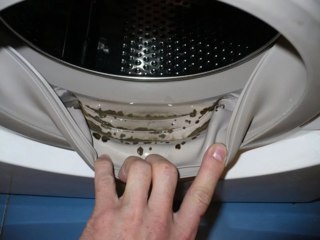

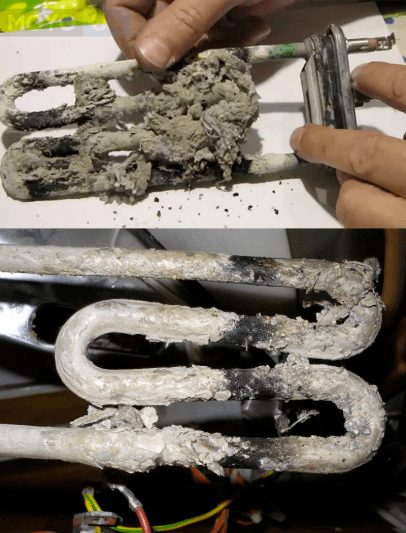
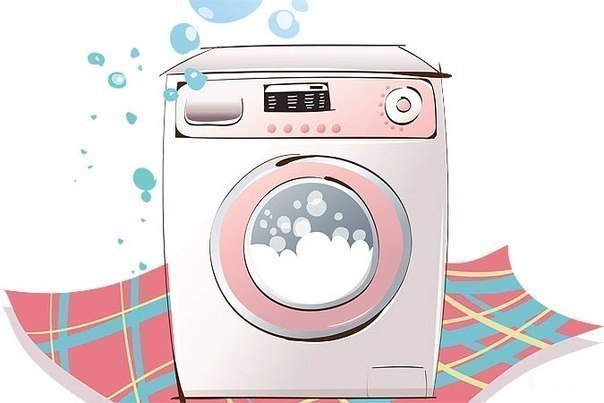
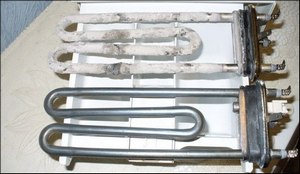
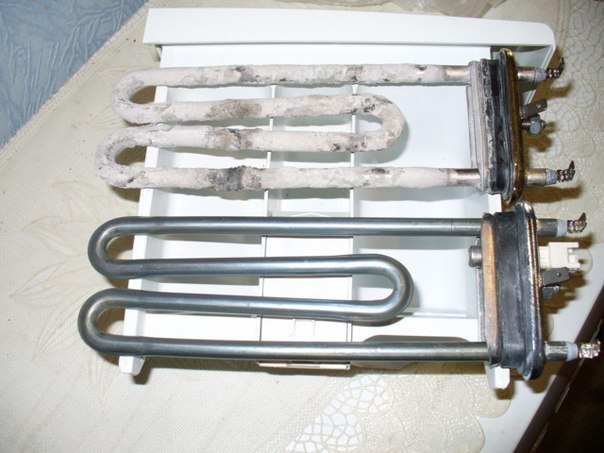
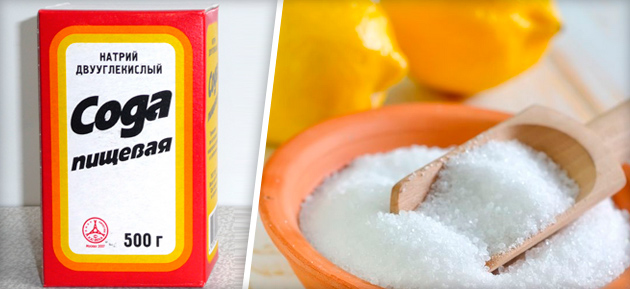
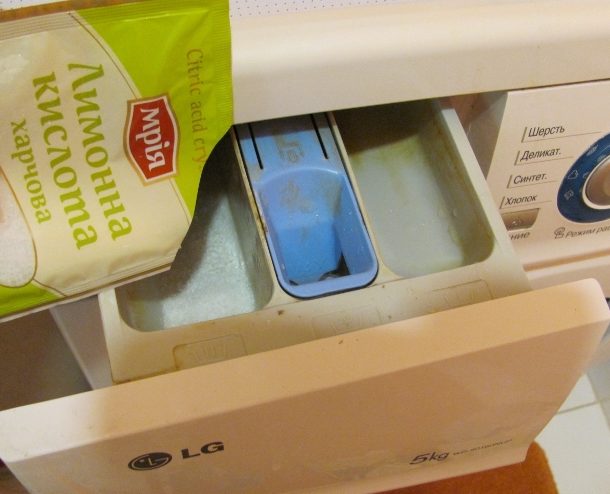

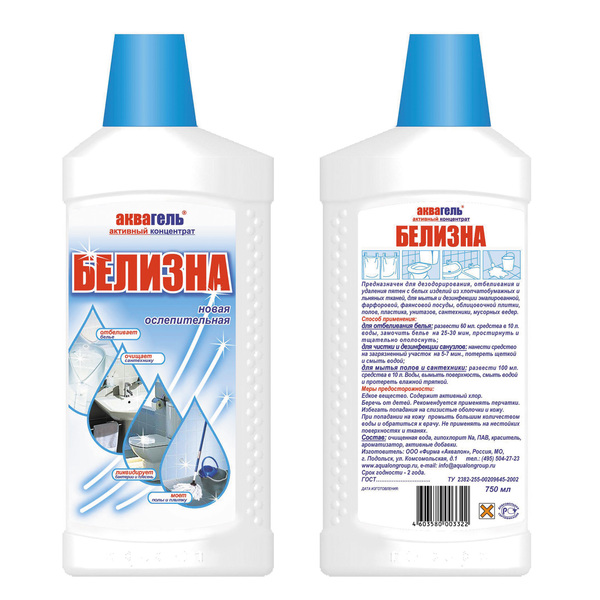

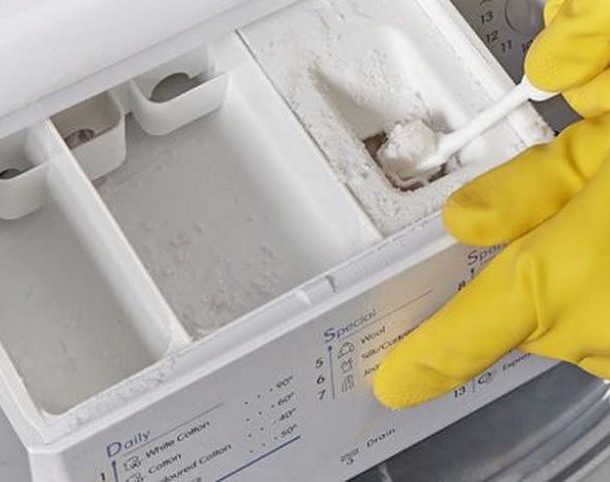
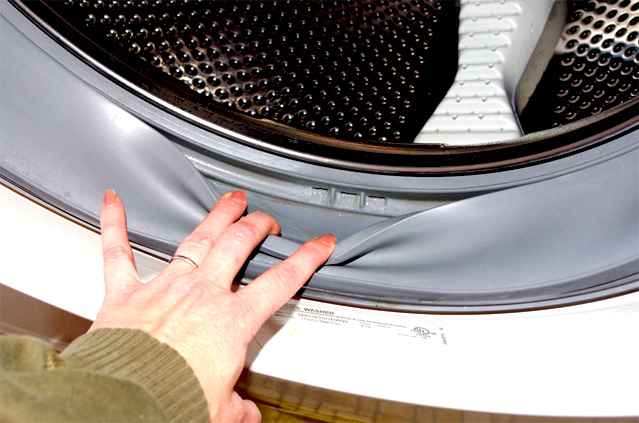

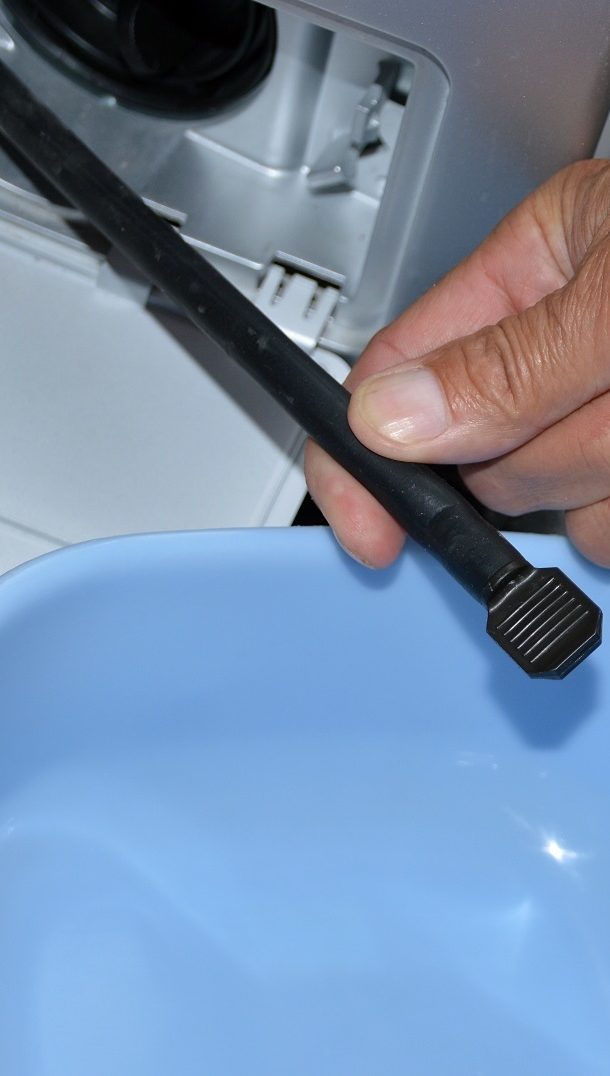

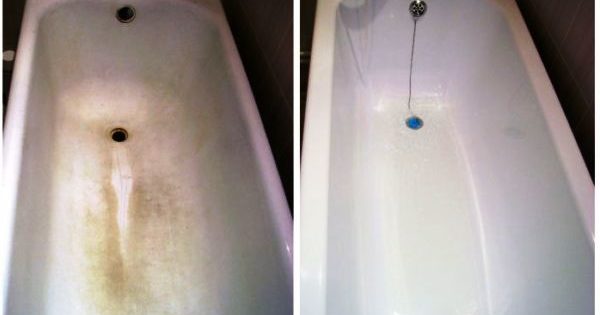


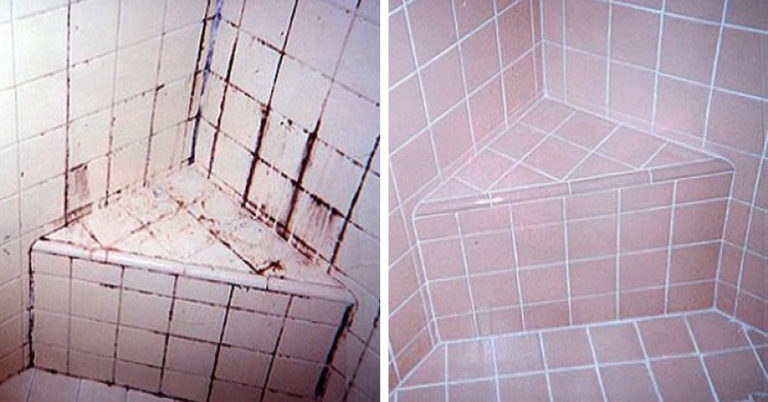

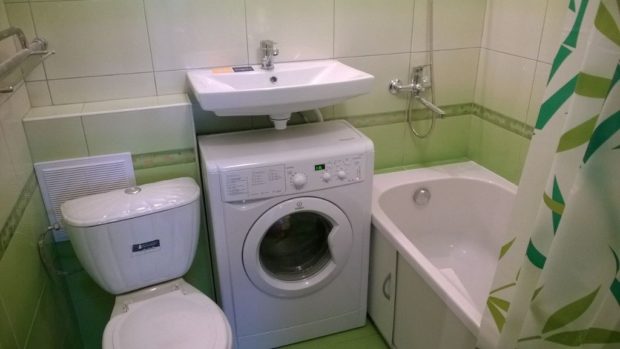


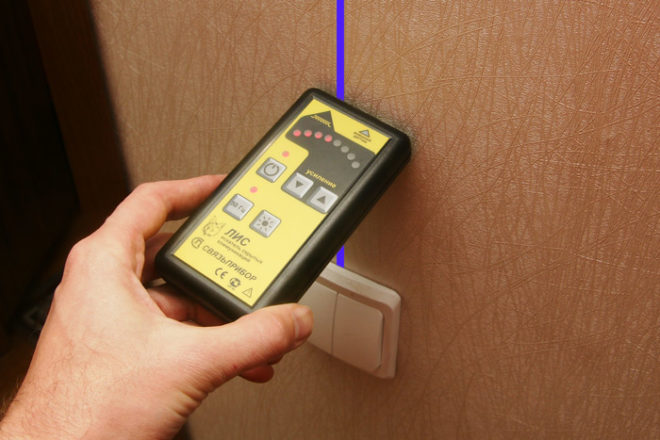
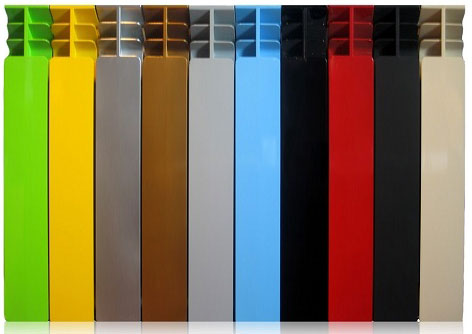
Thanks for the article, we have collected really comprehensive information in it. For a washing machine, I take it from the limescale, I regularly use it, the equipment is clean, it is especially noticeable how the rinse aid container was cleaned, it was clogged and the water was constantly accumulating there, and it successfully removed all the deposits. In itself, the product is liquid, does not dust, unlike the same kalgon, it is very convenient for me personally. I regularly clean the machine for prevention and recommend that you do not run this question. I advise him to use
Simple honest thanks